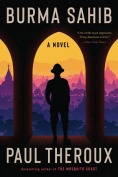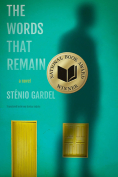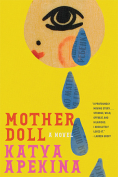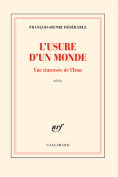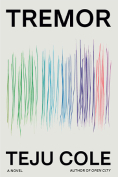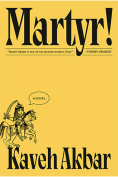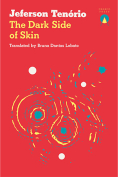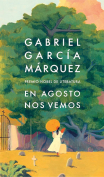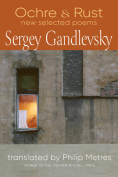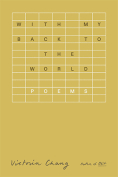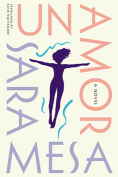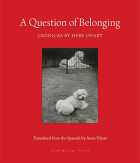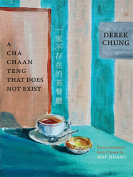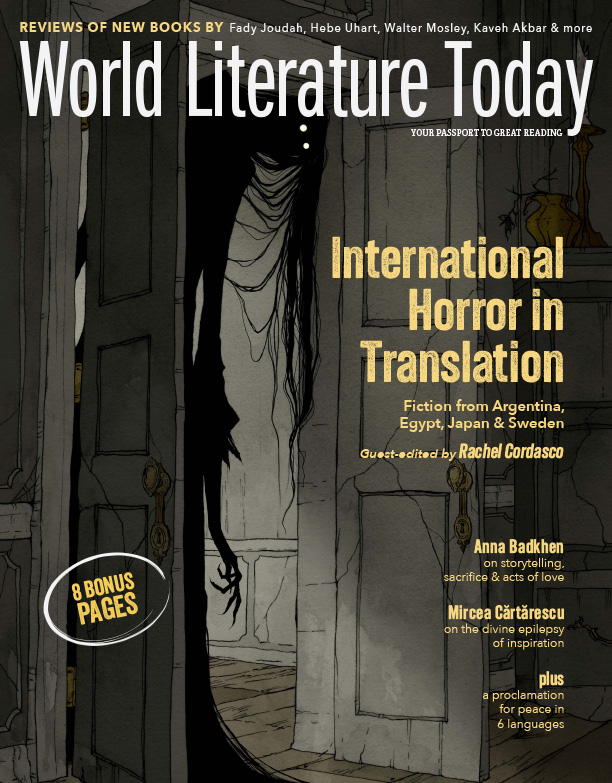A Question of Belonging by Hebe Uhart
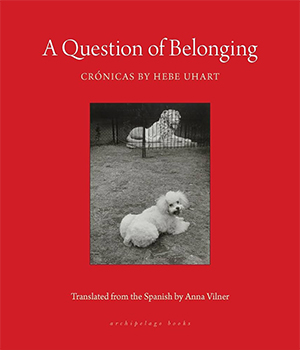 Brooklyn. Archipelago Books. 2024. 240 pages.
Brooklyn. Archipelago Books. 2024. 240 pages.
“When spring arrives in the north and swallows migrate northward, North American professors migrate down here,” explains Hebe Uhart at the opening of her account of being interviewed by a literature professor from California. The visitor—who asks “what the difference was between a story and a narrative” and diagnoses Uhart’s writing style as “minimalist”—is fascinating to her host. “I am on the verge of a terrible outburst,” writes Uhart: “I want to ask her how she takes care of her hair.” As the professor asks the great Argentine writer questions about literary form, Uhart bounces them back to her and continues to observe with wide-open curiosity: “I notice that when she says ‘oh,’ she means to say ‘of course,’ or something along those lines. If I could translate the meaning of that North American ‘oh,’ I would succeed in learning English. . . . To me, their ‘oh’ sounds like an affirmation that the world is marching as it should, and no other way.”
Uhart’s close attention to this single word—this single syllable—is characteristic of her greater interests in A Question of Belonging, a selection of crónicas translated by Anna Vilner and introduced by Mariana Enríquez. The crónica, a Latin American brief essay form that the Mexican writer Juan Villoro once called “the platypus of prose,” integrates elements of journalism, travelogue, memoir, interview, and even fiction to draw a reader into a lived moment or series of moments. Enríquez explains that toward the end of her life, Uhart “preferred writing crónicas, she used to say, because she felt that what the world had to offer was more interesting than her own experience or imagination. This gesture is a political one: to go outside oneself, to encounter others.”
Uhart was a great noticer: of language, of people, of animals, and of places. Her voice is unpretentious, straightforward, and playful; while she takes the world, and all that she sees in it, seriously, she does not take herself too seriously. The crónicas are littered with Uhart’s quick, funny reactions to the world she describes. In “Good Manners,” when her seatmate on a bus strikes up a conversation about traffic with the driver, she wills herself to join in: “I didn’t know what to say because it isn’t every day that a bus driver speaks.” One morning in the small town of Zapiola, she notes that “waking up first in city or country houses makes me feel sneaky—I don’t know if I should make tea, or what.” Stopping in at a rundown bar before a New Year’s Eve dinner, she admits that “the dive bar is the most anti–New Year’s place there is, but on December 31st at 8:30 p.m. it becomes significant to me, because of my altruistic feelings.”
As Uhart chases her curiosity through bus rides and rented rooms, her methods of learning vary. In “Not Meant to Be,” Uhart takes a bus to Tapalqué, a town where (she was told) residents make up clever refrains and sayings. Her brief visit doesn’t yield any useful information, but the crónica doesn’t end there—in the pages that follow, Uhart comments on a number of delightful refrains from Tapalqué, which she found compiled in a 1955 book by Ramón Rafael Capdevila. “Acting like a foal means playing dumb, and when it comes to someone who doesn’t know what they’re talking about: ‘What’s a donkey know ’bout cakes if he’s never been a baker?’” Uhart’s sense of wonder at this creativity with language is evident as she shares her favorite refrains; this joy, and the phrases that cause it, are beautifully communicated by Vilner’s light, pithy translations.
While a book of folk sayings might inform one piece, another takes a meandering journey through local newspaper headlines, and another is almost completely indebted to conversation. In “I Didn’t Know,” Uhart visits the Indigenous Charrúa nation in the small town of Maciá, where she meets María Celia, a cacique. Here, Uhart’s own words cede space to long quotations from the leader, who tells her about Charrúa traditions, the violence they have faced, and their present precarity: “The land always gave us enough to eat—fruits, eggs—but we have no land left.”
The longest crónica in the collection is “Off to Mexico,” in which Uhart uses the occasion of the Guadalajara International Book Fair to explore “the thousands of things I’d read about and didn’t understand” about Mexico. In Guadalajara, she participates in a panel at the book fair; she listens to and tries to decipher local slang; she sees murals by José Clemente Orozco. After the book fair, she heads to the capital. “But Mexico City overwhelms me with its historical and political past, a past so rich, and so peculiar. So I began rereading books.” She turns to Octavio Paz, to Mexico’s modern and colonial cronistas, and to Maya and Nahuatl texts. She listens to local news stories about student protests and corrupt politicians. She visits the city center, the national library, and a sprawling artisan market. A rich accumulation of information, this crónica takes on the shape of the complex, uncontainable city that so overwhelmed its writer.
In her introduction to A Question of Belonging, Enríquez characterizes Uhart succinctly: “Hebe was so unlike most people I have met in my life: she was brave, curious, carefree, sure of herself.” These qualities suffuse Uhart’s writing. Even without knowing her in life, we who read these crónicas are fortunate enough to meet Hebe Uhart on the page, to travel with her, and to see humanity through her eyes.
Cecilia Weddell
New York City
More by Hebe Uhart
July 2024
With eight bonus pages, the July 2024 issue of World Literature Today presents International Horror Fiction in Translation, guest-edited by Rachel Cordasco. The cover feature gathers stories from Japan, Argentina, Egypt, and Sweden. Additional highlights include interviews, essays, booklists, and poetry. The book review section rounds up the best new books from around the world, and additional interviews, poetry, and essays offer indispensable summer reading.
Table of Contents

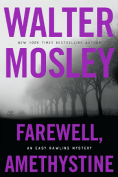

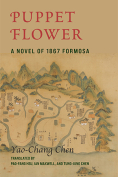
![The cover to [...] by Fady Joudah](/sites/worldliteraturetoday.org/files/styles/backissue_small/public/Joudah.jpg?itok=HZO1_68A)


